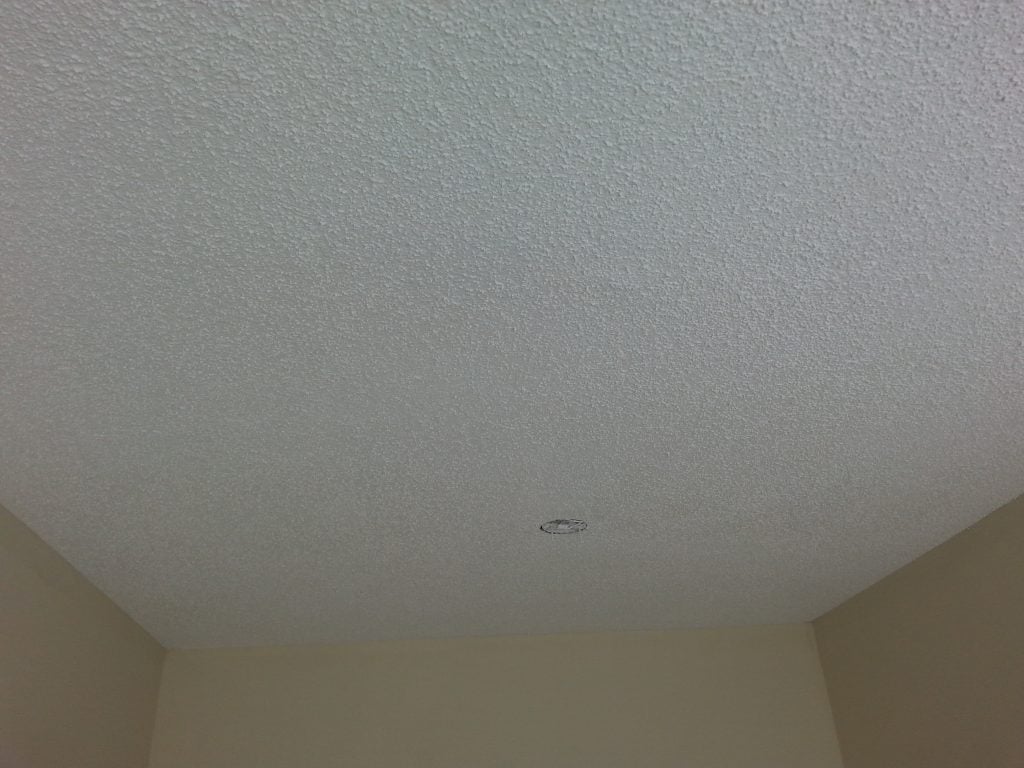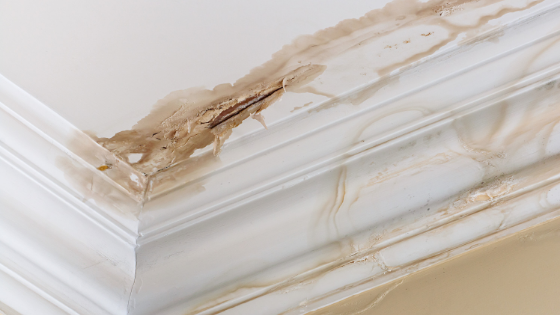Instructions to Identify and Resolve Stains from Water Swiftly
Instructions to Identify and Resolve Stains from Water Swiftly
Blog Article
They are making a few great points relating to Water Stains on Walls in general in this article beneath.

Water discolorations on walls are not pleasurable to the eyes. Occasionally it appears practically unavoidable to experience water spots on walls in houses.
House owners living in moist regions regularly deal with the fear of water discolorations on walls. With precise as well as all-round information on the reasons of water stains and prompt fixing processes, you will constantly be a step ahead of such occurrences.
3 Usual Causes of Water Stains on Walls
Contrary to common belief, water spots on wall surfaces do not always originate from poor structure products. There are a number of root causes of water spots on walls. These include:
Poor Drain
This will certainly avoid water from permeating into the wall surfaces. This web links to excessive wetness that you observe on the wall surfaces of your building.
So, the leading reason for wet walls, in this case, can be an inadequate water drainage system. It can likewise result from bad administration of sewage pipes that run through the structure.
Wet
When warm damp air consults with dry cool air, it causes water droplets to base on the walls of structures. When there is vapor from cooking or showers, this takes place in washrooms and kitchen areas. The water droplets can discolor the bordering walls in these parts of your house and also infect other areas.
Damp or condensation affects the roof covering and also wall surfaces of buildings. When the wall is damp, it produces a suitable environment for the development of germs and also fungi.
Pipe Leaks
A lot of homes have a network of pipes within the wall surfaces. This makes certain that the pipelines are faraway from the reach of devastating rats. It constantly raises the viability of such pipes, as there is little oxygen within the wall surfaces. This discourages rust.
Yet, a disadvantage to this is that water leakage affects the walls of the structure as well as triggers widespread damage. A telltale sign of malfunctioning pipelines is the look of a water tarnish on the wall.
Water Stains on Wall: Repair Work Tips
When dealing with water stains, property owners would normally desire a quick repair. They would certainly soon realize this is counterproductive as the water discolorations repeat. Right here are a few handy pointers that will certainly guide you in the repair of water stains on walls:
Pro Pointer
A houseplant in your home additionally increases its humidity. If the home is currently humid, you may desire to introduce houseplants with very little transpiration. An example of appropriate houseplants is succulents.
Conclusion
Although nobody intends to have water spots on walls in their house, it can happen to the best of us. This article offers you utilize, as you now know just how to handle this mishap if it does take place.
It is always best to recruit expert services to aid repair the problems in your home.
Sometimes it appears nearly unavoidable to experience water stains on wall surfaces in homes.
Contrary to preferred belief, water spots on wall surfaces do not always stem from bad structure materials. There are a number of reasons of water discolorations on walls. The water droplets can discolor the bordering wall surfaces in these components of your residence and also spread to various other locations.
Right here are a couple of useful tips that will guide you in the repair of water discolorations on wall surfaces:
CHECKING FOR WATER DAMAGE
Water damage can be costly, and it may begin before you even notice the first signs of trouble. Water damage can cause mold and mildew in your walls and floors, which can create an abundance of health concerns for your family. It can also lead to costly repairs of various appliances and general home fixtures. To avoid the pricey consequences of water damage, here are Warner Service’s top 5 places you should check:
The walls – The easiest place to spot the beginnings of water damage is on the walls and ceilings of your home. If water damage is present, there will most likely be water stains, especially around the windows and doorframes, and/or cracks in the drywall. If a stain looks unusual (discolored to brown, black or gray, raised texture), has a swollen appearance or is soft to the touch, contact a professional immediately. The pipes – To avoid water damage, consistently check the pipes in your kitchen (especially the dishwasher and ice maker), bathrooms, laundry room (specifically washing machines) and basement for corrosion, leaks and water stains. Pay special attention to where the pipes connect in your home and the location of caulking around the bathroom fixtures, including toilets, sinks, showers and tubs. Missing or loose caulking and grout could be signs of leaking water. This seepage can also quickly cause mold and rust, so double check your water heater and tank for wet spots on the floor. The floor – Water damage is very easy to spot on the floor. Look for any warping or buckling of the material, especially in the basement. If your home has wood flooring, look for bright white or dark stains. If your home has carpeting, keep it dry and clean. A damp carpet that smells of mold could cause water damage and health problems. To avoid this, consider installing floor pans under your appliances to help prevent damages from small, slow and undetected leaks. The basement and attic – If your basement or attic smells odd check for mold and mildew around the area, especially the valley where the roof meets. While you are inspecting those areas, check for wall cracks, floor stains, rust and dampness in the insulation. If you live in a colder and/or rainier climate, perform routine checks for water damage from melting snow or ice and rain. The exterior – Check the roof for damaged flashing and missing, cracked or curled shingles. There should also be no standing water anywhere outside your home. This could be caused by puddles, leaky rain gutters or hoses, poor drainage, or short gutter spouts. Invest in a sump pump system or water flow monitoring system, and perform routine maintenance on these outdoor appliances to avoid indoor water damage.

As a passionate reader about How to Remove Water Stains from Walls and Ceilings, I thought sharing that excerpt was a smart idea. Be sure to take the opportunity to distribute this article if you enjoyed reading it. Thanks so much for going through it.
Preserve your space; contact us. Report this page